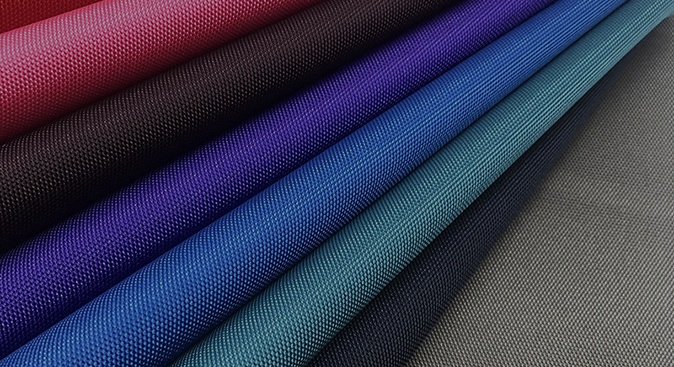Oxford Fabric is a popular material used in a wide range of products, including clothing, accessories, and home textiles.
It is known for its durability, versatility, and classic look, making it a preferred choice for many consumers and manufacturers alike.
However, with the increasing demand for sustainable and eco-friendly products, it is essential to know the material used in Oxford Fabric and its impact on the environment.
Understanding the material composition of Oxford Fabric is crucial for both consumers and manufacturers. For consumers, it allows them to make informed decisions on the products they purchase and their potential impact on the environment. For manufacturers, it helps them in creating sustainable and eco-friendly products that meet the needs and preferences of their customers.
Is Oxford Fabric Nylon or Polyester?
Oxford fabric can be divided into nylon Oxford cloth and polyester Oxford fabric.
Therefore, the purpose of this article is to provide an in-depth analysis of the material used in Oxford Fabric and its impact on the environment. By the end of this article, readers will have a better understanding of the differences between Nylon and Polyester Oxford Fabric and be able to make informed decisions when choosing products made from these materials.
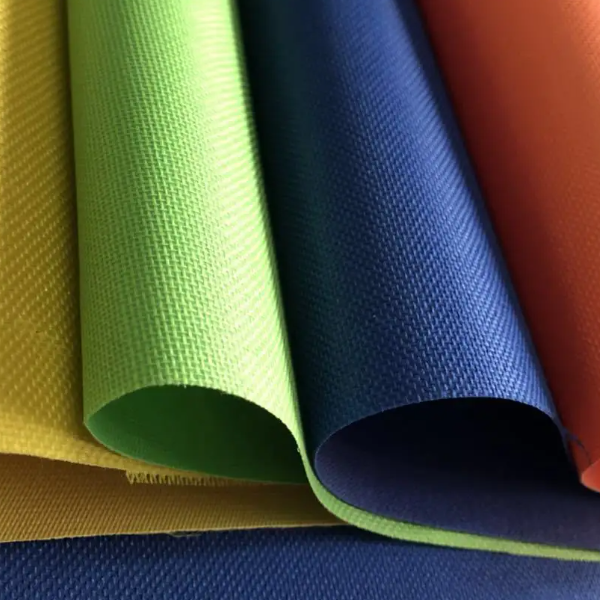
Oxford Fabric Material Composition
Oxford Fabric is a type of woven textile material that is known for its strength, durability, and classic look. To understand the material composition of Oxford Fabric, it is essential to know the characteristics of its primary components, Nylon and Polyester.
Definition of Nylon and Polyester:
Nylon and Polyester are two synthetic fibers commonly used in the production of textiles, including Oxford Fabric. Nylon was first introduced in 1935 by the DuPont Company and is known for its exceptional strength and durability. It is made from a polymer called polyamide, which is formed through the reaction of an acid with a diamine. The resulting polymer can be spun into fibers that are strong, elastic, and resistant to abrasion and tear.
Polyester, on the other hand, is made from a polymer called polyethylene terephthalate (PET). This polymer is formed through the reaction of ethylene glycol with terephthalic acid. The resulting polymer can be spun into fibers that are strong, lightweight, and resistant to wrinkles and shrinking. Polyester is also known for its ability to retain color well, making it a popular choice for printing and dyeing.
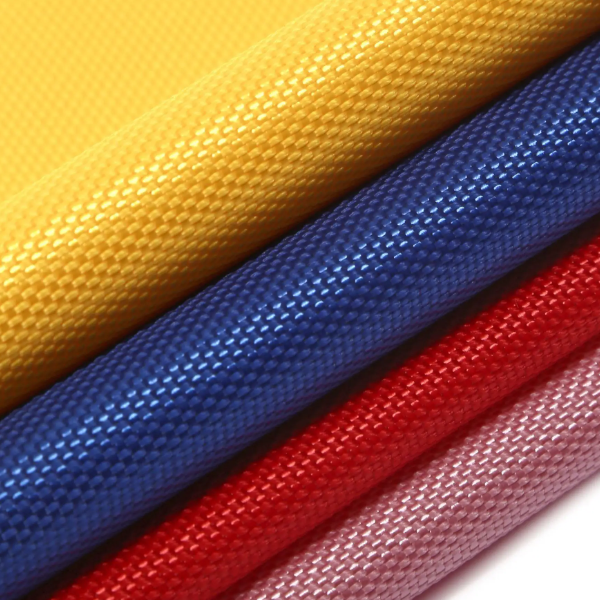
Comparison of Nylon and Polyester:
Nylon and Polyester are both synthetic fibers that have different properties and use.
Nylon is more durable and abrasion-resistant than Polyester, making it a preferred choice for outdoor and athletic wear. It is also lightweight, quick-drying, and has a higher melting point than Polyester.
Polyester, on the other hand, is more resistant to shrinkage and wrinkles than Nylon. It is also easier to dye, which allows for a wider range of color options. Polyester is commonly used in the production of clothing, bedding, and home textiles.

Properties of Nylon and Polyester:
Nylon and Polyester have distinct properties that make them suitable for different applications. Nylon is known for its high tensile strength, which makes it ideal for products that require durability and abrasion resistance. It is also resistant to mildew, mold, and most chemicals.
Polyester, on the other hand, is known for its moisture-wicking properties, which make it suitable for products that require breathability and comfort. It is also resistant to fading and wrinkling, making it a popular choice for clothing and bedding.
Finally, the material composition of Oxford Fabric is primarily Nylon and Polyester, both synthetic fibers that have different properties and uses. Understanding the properties of these materials is essential in choosing the right Oxford Fabric for specific applications. By selecting the appropriate material for each product, manufacturers can create sustainable and eco-friendly products that meet the needs and preferences of their customers.

Oxford Fabric Material: Nylon or Polyester?
The material used in Oxford Fabric is an important factor in determining its properties and characteristics. There is some confusion about whether Oxford Fabric is made from Nylon or Polyester, as both materials are commonly used in its production.
Historically, Oxford Fabric was made exclusively from cotton, but with the introduction of synthetic fibers, Nylon and Polyester were added to the mix. Today, both Nylon and Polyester Oxford Fabric are widely available in the market, and it is essential to know the differences between them to make an informed decision.
One way to identify the material used in Oxford Fabric is by checking the label or product specifications. Typically, Nylon Oxford Fabric is indicated as “Nylon Oxford” or “Nylon 420D,” while Polyester Oxford Fabric is labeled as “Polyester Oxford” or “Polyester 600D.” These numbers indicate the density of the fabric, with higher numbers indicating a thicker and more durable material.
Nylon Oxford Fabric is known for its strength and durability, making it ideal for outdoor and sports products that require resistance to abrasion and tear. It is also lightweight and quick-drying, which makes it perfect for backpacks, tents, and other gear that needs to withstand harsh weather conditions.
Polyester Oxford Fabric, on the other hand, is more resistant to wrinkles and shrinking than Nylon. It also has a smoother texture, which makes it ideal for bags and clothing that require a sleek and elegant look. Polyester Oxford Fabric is commonly used in luggage, briefcases, and jackets.
In terms of sustainability, both Nylon and Polyester have their pros and cons. Nylon is known for being more eco-friendly than Polyester, as it can be recycled and has a lower carbon footprint. However, Nylon production requires more energy and resources than Polyester, which can offset its environmental benefits.
In conclusion, the material used in Oxford Fabric can be either Nylon or Polyester, depending on the specific product and its intended use. Understanding the differences between these materials is crucial in choosing the right Oxford Fabric for a particular application. By selecting the appropriate material, manufacturers can create products that are both sustainable and functional.
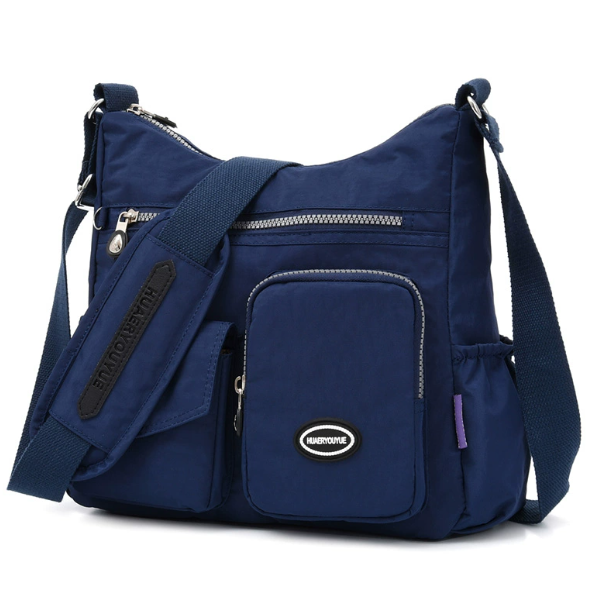
Differences between Nylon and Polyester Oxford Fabric
Nylon and Polyester are two synthetic fibers commonly used in the production of Oxford Fabric. While both materials have their unique properties and benefits, they also have some distinct differences that set them apart.
Strength and Durability:
One of the most significant differences between Nylon and Polyester Oxford Fabric is their strength and durability. Nylon Oxford Fabric is known for its exceptional strength and resistance to abrasion and tear, making it ideal for heavy-duty applications. It can withstand harsh weather conditions, making it perfect for outdoor gear like tents, backpacks, and camping equipment.
Polyester Oxford Fabric, on the other hand, is not as strong as Nylon, but it is more resistant to wrinkles and shrinking. This makes it a popular choice for bags, jackets, and clothing that require a sleek and elegant look.
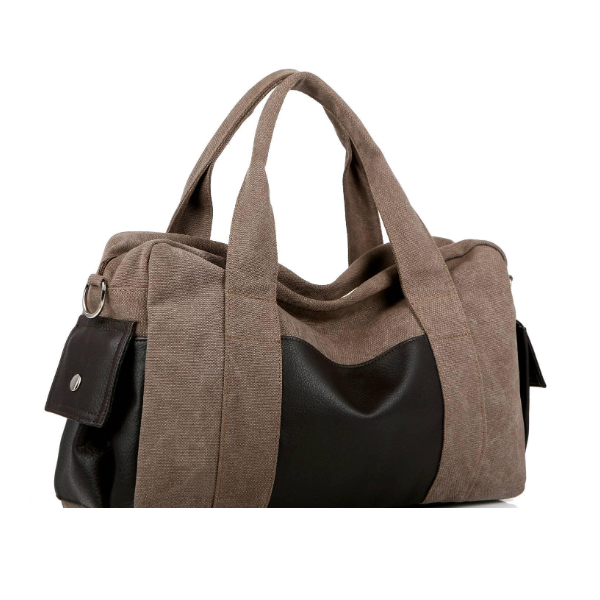
Breathability and Comfort:
Another difference between Nylon and Polyester Oxford Fabric is their breathability and comfort. Nylon is not as breathable as Polyester, making it less comfortable to wear for extended periods. However, it is quick-drying, which makes it an excellent choice for products that require moisture-wicking properties, such as athletic wear.
Polyester Oxford Fabric, on the other hand, is more breathable and comfortable to wear, making it a preferred choice for clothing and bedding. It is also less prone to static cling than Nylon, which can be a significant advantage in certain applications.
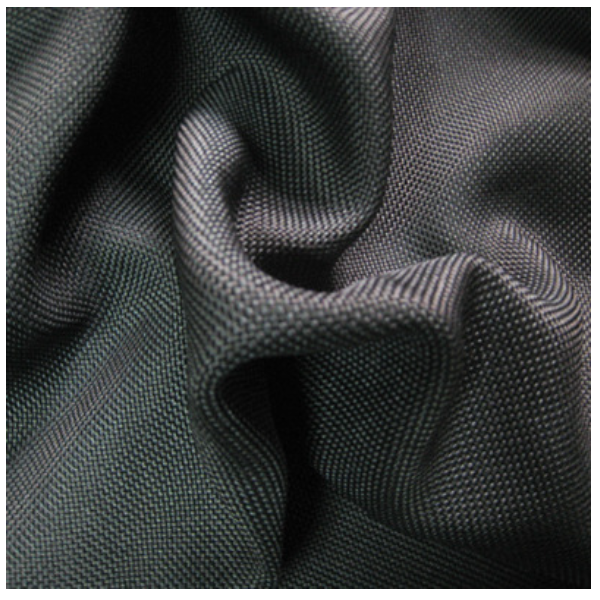
Maintenance and Care:
When it comes to maintenance and care, Nylon and Polyester Oxford Fabric have some significant differences. Nylon is more durable and resistant to wear and tear, but it can be more challenging to clean and maintain. It requires special care to prevent shrinking or damage, such as washing it in cold water and avoiding high-heat drying.
Polyester Oxford Fabric, on the other hand, is easier to care for and maintain. It is less prone to shrinkage and wrinkles, making it easier to clean and iron. However, Polyester is more susceptible to pilling, which can make it look worn and old over time.
Nylon and Polyester Oxford Fabric have their unique strengths and weaknesses, which make them suitable for different applications. Nylon is known for its exceptional strength and durability, making it an excellent choice for heavy-duty outdoor gear. Polyester, on the other hand, is more breathable and comfortable to wear, making it a popular choice for clothing and bedding. Ultimately, the choice between Nylon and Polyester Oxford Fabric depends on the specific product requirements and its intended use.
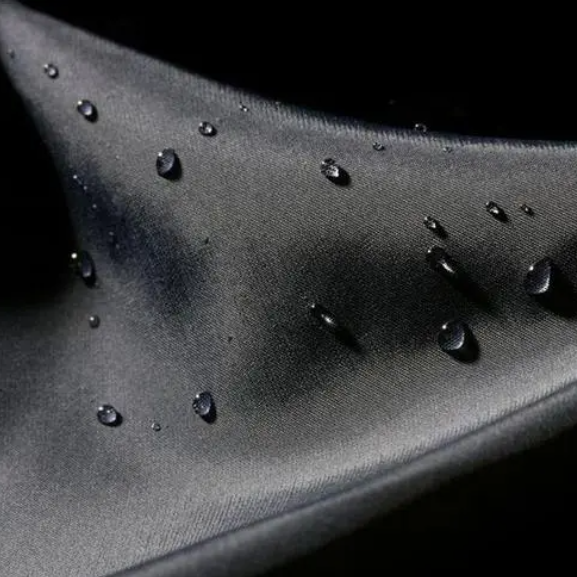
Advantages and Disadvantages
Advantages of Nylon Oxford Fabric
Exceptional strength and durability, make it ideal for heavy-duty applications.
Resistant to abrasion and tear, making it long-lasting.
Quick-drying and moisture-wicking, make it an excellent choice for outdoor gear like tents and backpacks.
Resistant to mildew, mold, and insects.
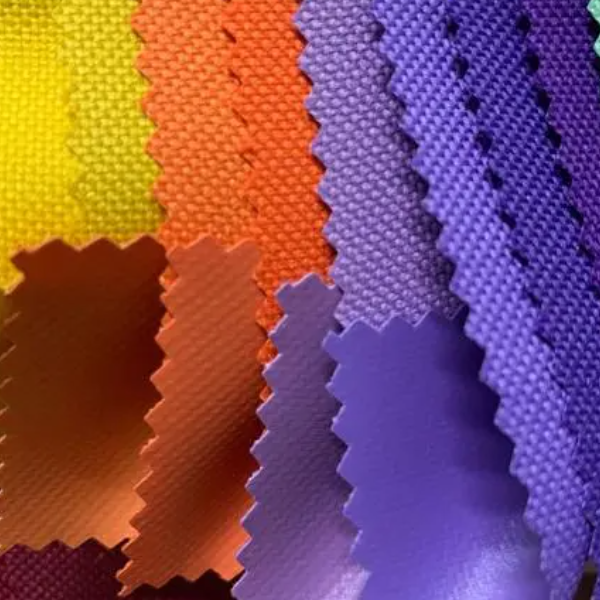
Disadvantages of Nylon Oxford Fabric
Not as breathable as Polyester, making it less comfortable to wear for extended periods.
Prone to static cling, which can be uncomfortable in certain applications.
Requires special care to prevent shrinking or damage.
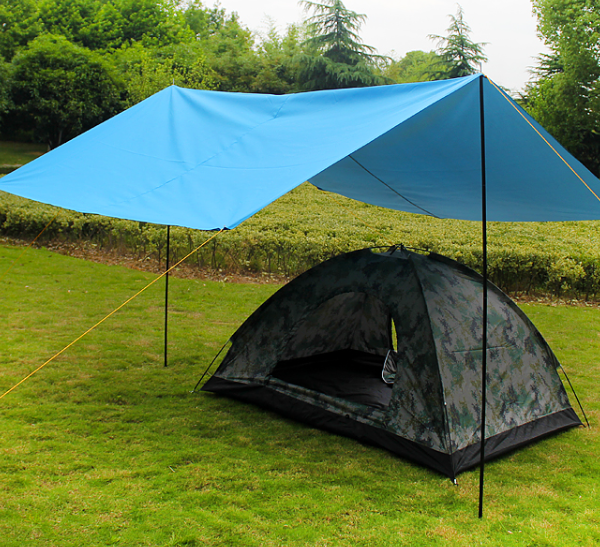
Advantages of Polyester Oxford Fabric
More breathable and comfortable to wear, making it a preferred choice for clothing and bedding.
Less prone to static cling than Nylon.
Resistant to wrinkles and shrinking, making it easy to care for and maintain.
Retains color well, making it a popular choice for printing and dyeing.
Disadvantages of Polyester Oxford Fabric
Not as strong as Nylon, making it less suitable for heavy-duty applications.
More susceptible to pilling, which can make it look worn and old over time.
Less moisture-wicking than Nylon, making it less suitable for outdoor gear that requires quick-drying properties.
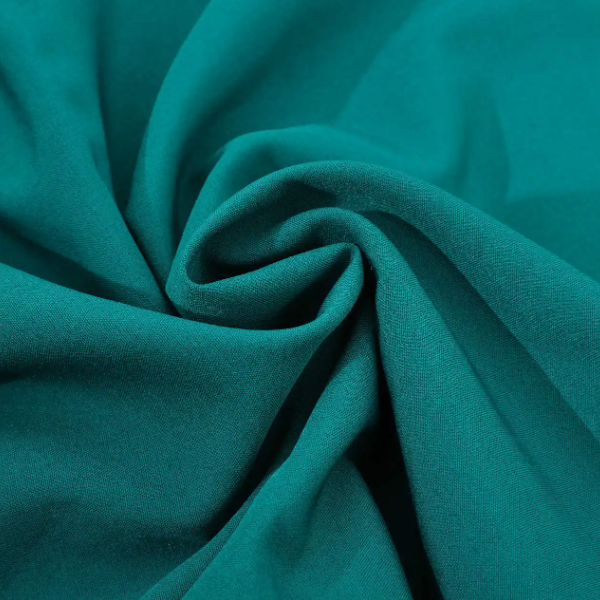
Conclusion
In conclusion, the differences between Nylon and Polyester Oxford Fabric are significant and should be considered when choosing a material for your project. Nylon is known for its exceptional strength and durability, making it ideal for outdoor gear and heavy-duty applications. Polyester, on the other hand, is more breathable and comfortable, making it a preferred choice for clothing and bedding.
In terms of which is better, there is no clear answer as it ultimately depends on the specific product requirements and intended use. Both materials have their advantages and disadvantages, and the choice between them should be based on the specific needs of your project.
When choosing Oxford Fabric material, it’s important to consider factors such as strength, durability, breathability, comfort, and ease of care. Additionally, you should consider the intended use of the product and the environmental conditions it will be exposed to.
In summary, the choice between Nylon and Polyester Oxford Fabric is a complex one that requires careful consideration of the specific needs of your project. By understanding the differences between these two materials and considering your specific needs, you can make an informed decision and select the material that is best suited for your project.



